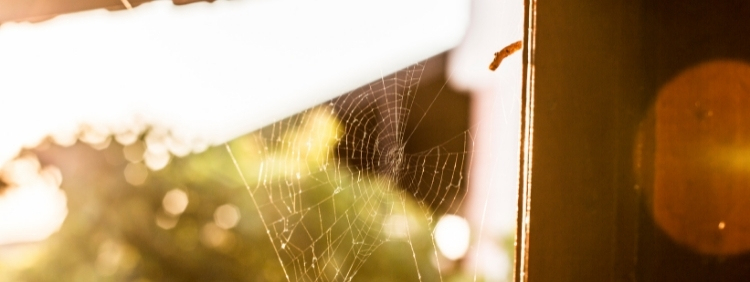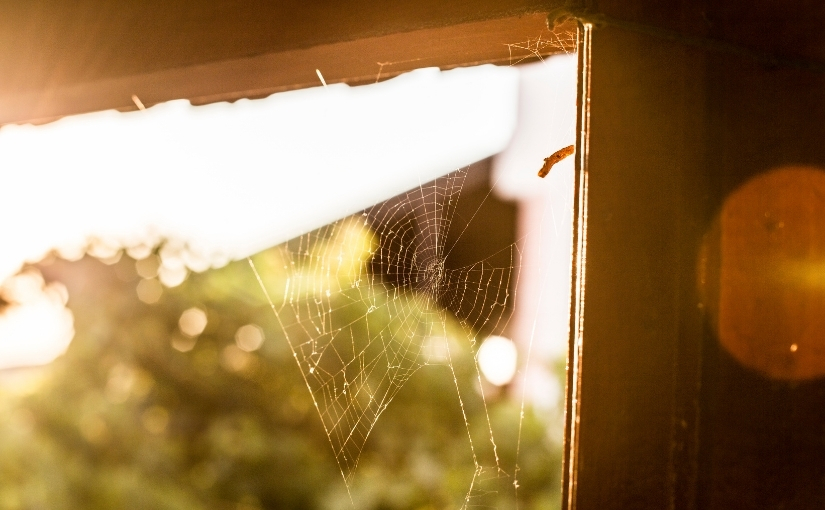
No Halloween decorations would be complete without a few spooky spider webs, but have you ever wondered why that is? It could be because Halloween décor is meant to be scary, and so many people are afraid of spiders, but it could be because spiders are much more noticeable in the fall, both outside and in your home. Not surprisingly, demand for spider removal services also increases at this time of year.
So, why do you seem to see so many more spiders during this time? The answer has to do, primarily, with the spiders’ life cycles. Although spiders vary widely in size, life expectancy, and reproductive behaviour, nearly all spiders follow the same basic life stages.
Spring and Summer: Time To Grow
Most spider eggs hatch in the early springtime. Newly hatched baby spiderlings are typically tiny, so you might not even see them; if you did see them, you probably wouldn’t pay them much attention. Throughout the spring and summer months, those tiny spiderlings eat, grow, moult, mature, and grow some more. By autumn, spiders are much larger and easier to see. This is one reason you’re more likely to notice spiders in the fall.
Early Fall: Time To Give It a Go
When spiders reach adulthood, they’re ready to mate. For most types of spiders, this occurs in early- to mid-autumn. Adult females usually build large webs, trying to catch as much food as possible to build up energy for mating and producing eggs. You’re likely to notice these large webs appearing when the weather gets cooler. Female spiders usually remain near the webs to conserve their strength.
Male spiders, on the other hand, become much more mobile in the fall as they hurry around looking for a mate. This is another big reason you notice more spider activity in autumn: Males that would normally be hiding in walls or underground are out and about, looking for love.
Late Fall: Time to Go
For most kinds of spiders, mating occurs near the end of their life cycles. Most male spiders die very soon after they mate. Contrary to popular myth, this is rarely because the males are killed and eaten by their female mates (although this does occasionally happen with some black widow spiders).
Instead, as soon as most kinds of male spiders develop mature, working sex organs, they forget about everything else, including the need to search for prey. Consequently, most males fail to eat during mating season. They die shortly after mating, either because the mating process weakens them too much or due to starvation.
Female spiders typically live quite a bit longer than males; after mating, females still have work to do. After she mates, a female spider uses the male’s sperm to fertilize her eggs. Then, she produces an egg sac and lays the eggs into the sac. One sac can contain hundreds of tiny eggs. Some kinds of females stay with the sac to protect the eggs and to help the spiderlings when they hatch. Other types leave the egg sac, letting the eggs and babies fend for themselves. Some female spiders, such as wolf spiders, carry the egg sac with them for weeks until the eggs hatch.
Professional Spider Removal Experts
Spiders’ larger size and increased activity make them much more noticeable during the fall months. This can also make them especially troublesome to homeowners, particularly when all this activity is taking place inside your house.
Truly Nolen has been providing professional, high-quality pest control in Guelph for many years and we’re proud of our long list of satisfied customers. We understand how spiders behave and how to best eliminate them from your house. If spiders are a problem in your home, contact us to develop your ideal spider control strategy.
